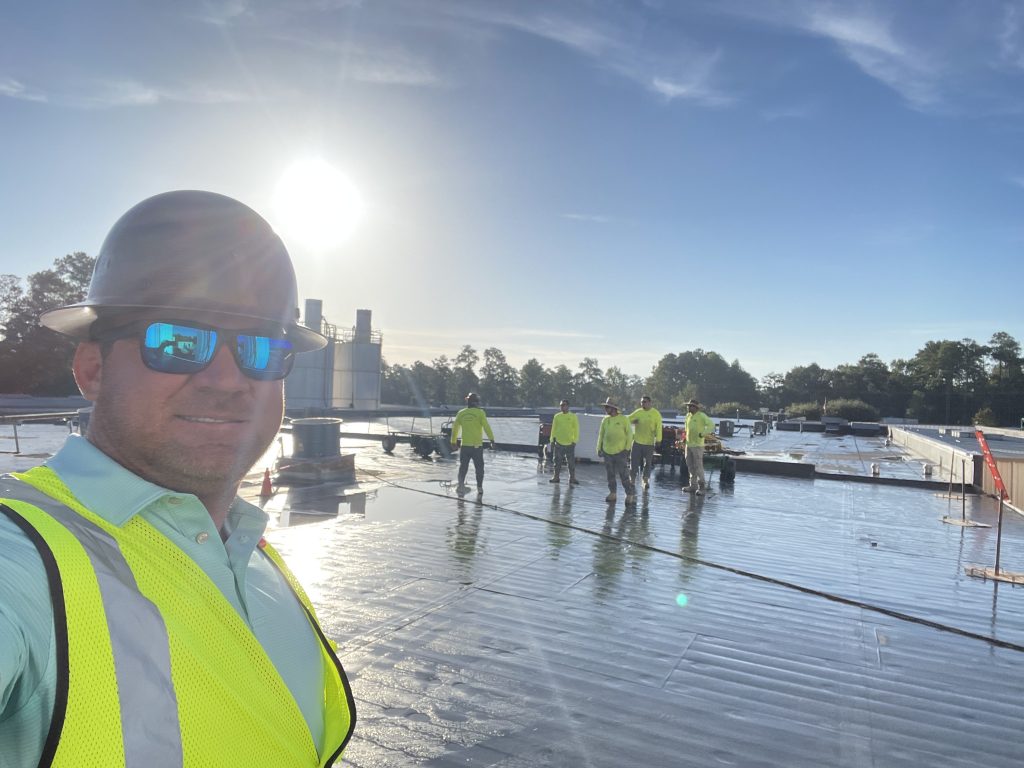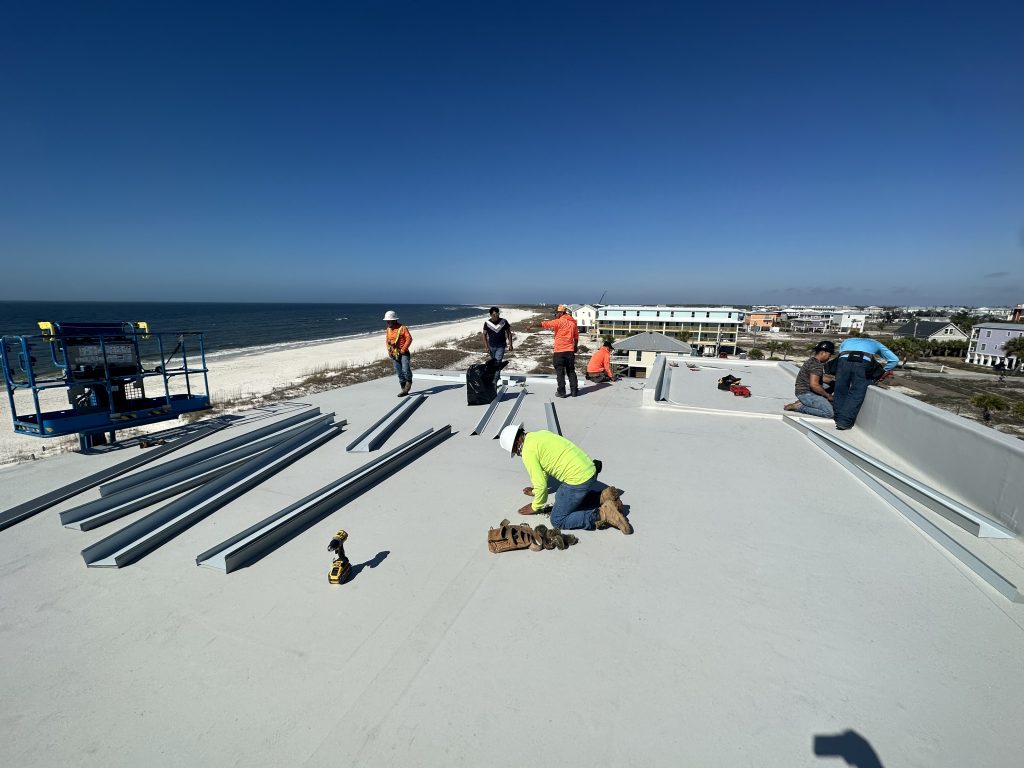Our reroofing experience with S&S Roofing could not have been any better. Office staff was great with the scheduling, adjusted as I needed. They called the week before to confirm and everything was on time. They did a super job. A crew of 10 roofers arrived at 06:45, and were gone at 2:30pm. Looks like a new house. They cleaned up nicely. I would HIGHLY recommend the S&S Roofing Team.
Joe Worsley
S&S Roofing and Construction is awesome! Not only did the entire crew do an amazing job putting our roof on, but I got to meet Wesley The project manager, and Michael the owner. They not only did a fantastic job, they are two wonderful guys that obviously care about people. I couldn’t have asked for anything more, and I will be referring everyone I know to them. Thank you S&S for an incredible experience
Garrett ross















